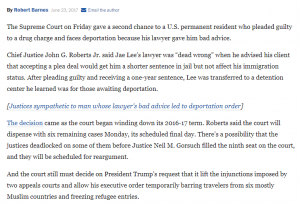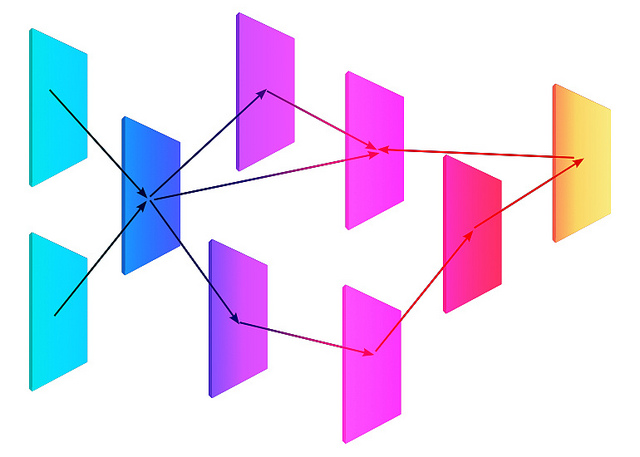I think most of us would agree that hypertext definitely changes the way that a text is read. A digital text is very different from a physical text, and I’ve found in my experience that I tend more toward “browsing” or “hunting” rather than grazing when it comes to a digital text (Vandendorpe 205). I can’t put my finger on it, but there’s something that my eyes don’t like about digital texts.
While hypertext is technically exclusive to digital writing, aspects of it definitely have roots in physical texts. When thinking about print hypertexts, I had the same idea as Hannah—plenty of physical books, like encyclopedias or scholarly works have “see alsos” or footnotes routing the reader to other relevant texts/scholars. The difference with hypertext is that these “see alsos” are immediately clickable. That is, while physical books might be connected in a “network” of sorts, the interconnectedness of digital information is much clearer and more immediate.
Mainly, the benefit of hypertext is its speed. If you’re reading an article that mentions a bill or law you haven’t heard of, you can quickly find out, provided that the author has linked the bill/law’s name to that information. Similarly, it introduces the possibility of a “new world of books” where every bit informs another; every page reads all the other pages” (Kelly qtd. in Vandendorpe 213). With hypertext, authors have the ability to direct readers to extra background information for any given text.

For me, the main drawback of hypertext is the fact that it’s digital. I’ve come across several readings, including that predict eBooks will completely replace physical ones. However, as Vandendorpe points out, things like the “vertical scroll format”—used on most websites—“exclude[s] the participation of visual memory in the reading process” (208). That’s why many people, myself included, prefer print books. It’s also something to consider when designing a website or digital text; if readers do best with 70 or less characters per line, then a writer/designer should take that into account when setting margins and such.
In addition, as Emily and others point out, hypertext can lead readers into “black holes” that completely distract them from whatever they were originally researching. I’ve had this happen to me all the time–even if I don’t click away from the original page I was reading, I still end up with twenty different tabs with articles or concepts that made me go, “Ooh, what’s that?” Plus, I’m sure most of us have fallen down a YouTube rabbit hole before, or we’ve seen (or written) the YouTube comment, “Crap, how did I end up on the weird side of YouTube again?” Alas, I don’t think there’s a way to remedy this particular downfall of hypertext. “Information overload” seems to be an inescapable feature.
Overall, the most interesting aspect of hypertext for me is the potential for comprehensibility: you can learn much more about a topic or an article when it’s connected to other relevant ideas. I learned this when I created a hypertext version of “The Ones Who Walk Away From Omelas” (a short story by Ursula K. Le Guin, rest in peace). Thanks to the digital nature of the text, I was able to link words and phrases in the story itself to the concepts that had informed them—for example, the idea of scapegoats, or the references to The Brothers Karamazov. Although I said that I prefer reading print texts, I think that print texts would have trouble matching this level of interconnectedness.
Word count: 582
Works Cited:
Vandendorpe, Christian. “Reading On Screen: The New Media Sphere.” A Companion to Digital Literary Studies. Ed. Ray Siemens and Susan Schreibman. Chichester: Wiley-Blackwell, 2013.
